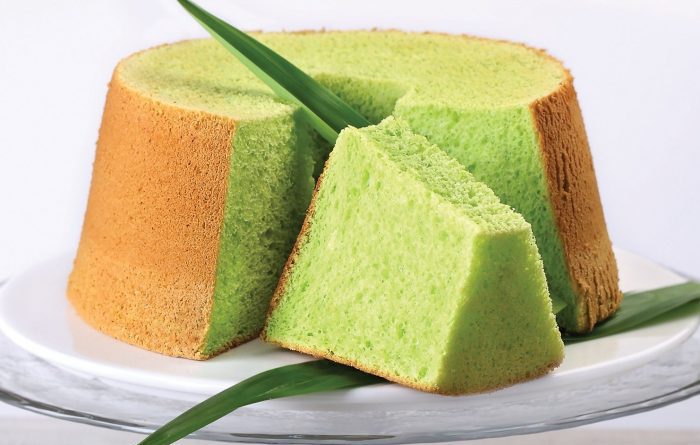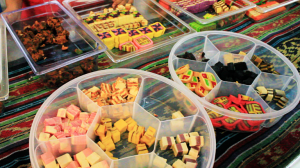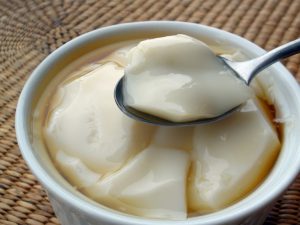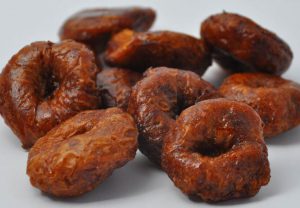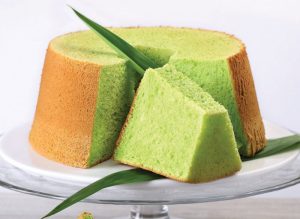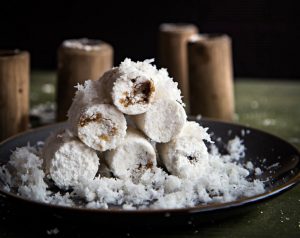5 Malaysian foods that do not actually belong to us
We Malaysians are a prideful lot when it comes to our food, not hesitating to get into verbal altercations with our neighbours over the origins of our favourite meals.
But how much do we care to find out about “our” dishes before we start getting abusive (online)?
Let’s check your knowledge of Malaysian cuisine with these five dishes that are not solely ours after all.
Kek Lapis Sarawak
The Kek Lapis is the ubiquitous souvenir from Sarawak for anyone who visits the Bornean state. However, did you know that the layered cake was not created in Sarawak?
The original recipe was concocted by the wives of Dutch colonists in pre-independence Indonesia, who infused European cake-making techniques with local spices to create this favourite dessert.
Tau Fu Fa
Unlike the bulk of local Chinese food that is improvised from traditional dishes from all over China or invented locally by the community, the Tau Fu Fa (Cantonese name for the sweet concoction) has retained most of its features unchanged since the Western Han Dynasty of ancient China.
The only difference is the sugar syrup that it is often served in, making this a perfect dessert entry.
Kuih Denderam/Kuih Telinga Kera/Kuih Peniaram
A popular snack in the East Coast of Malaysia, the Kuih Denderam originates from the state of Tamil Nadu in the south of India, where the ancestors of most Malaysian Indians come from.
How it ended up on the Malaysian East Coast, however, is still a mystery, but scholars suspect it could be due to the ancient kingdoms that colonised the area.
The Indian version of the dessert takes the form of Vadai (with a hole in the middle of the batter) while the Malaysian snack may take various circular shapes.
Pandan Chiffon Cake
This light, fluffy, green-coloured sponge cake was recently listed as one of the 17 beloved cakes of 2017 by CNN, an honour Malaysia shared with neighbouring Singapore.
Infused with Southeast Asia’s arguably most famous flavour, the Pandan, CNN went on to say that “the radioactive hue of this cake belies its natural woodsy flavour”.
Nonetheless, the cake’s origin is still unrevealed, with most sources crediting the cake-making techniques of the European colonisers in Indonesia, Malaysia, and Singapore.
Putu Bambu
The Putu is made from ground rice mixed with water until the right texture is achieved. The mixture is then spiced, formed to the desired shape, and steamed with layers of grated coconut.
It is then spiced, formed and steamed with layers of grated coconut. Originating from Kerala and some parts of Tamil Nadu, the Putu has travelled to many parts of Southeast Asia, including Malaysia.
Source: FMT

